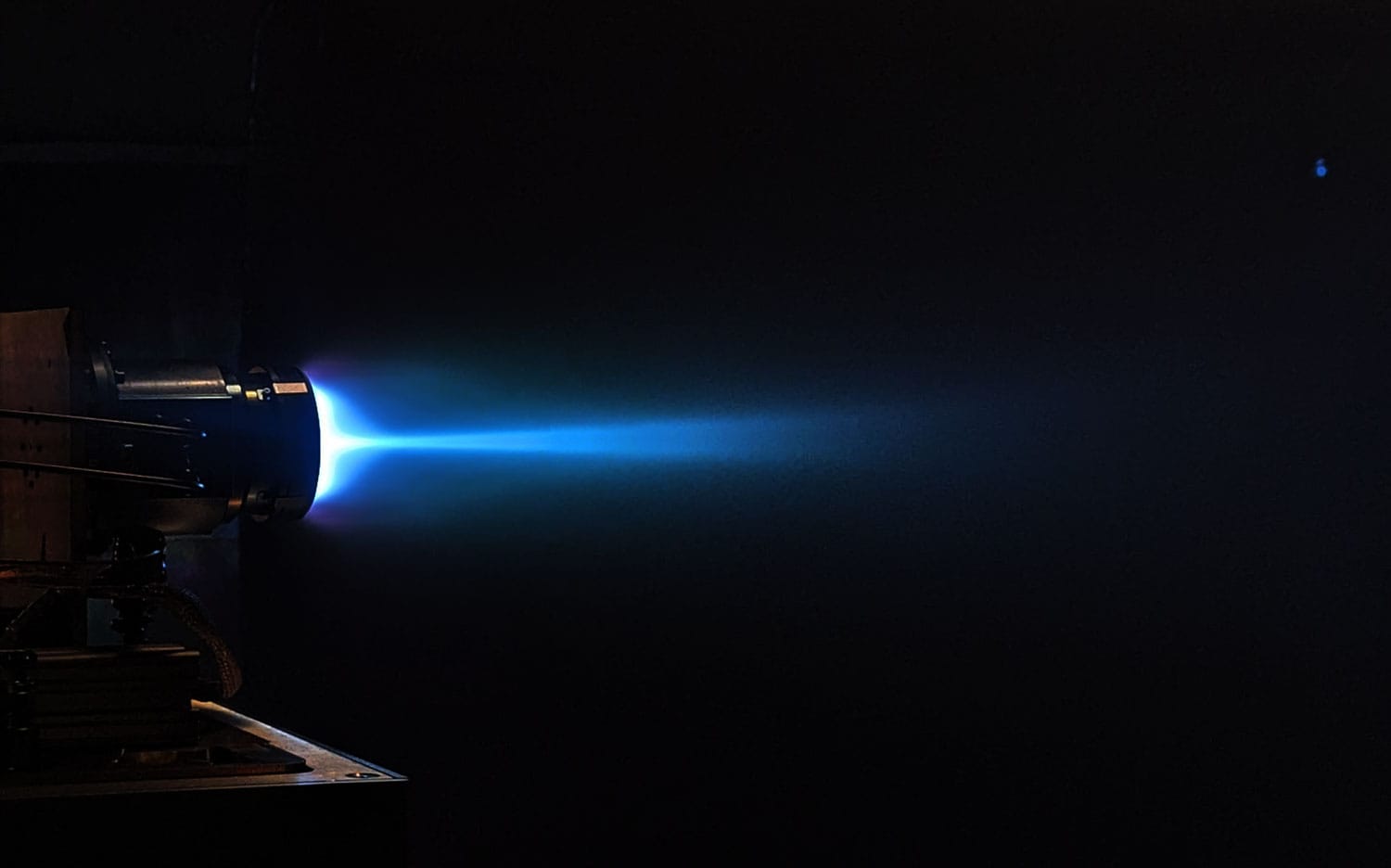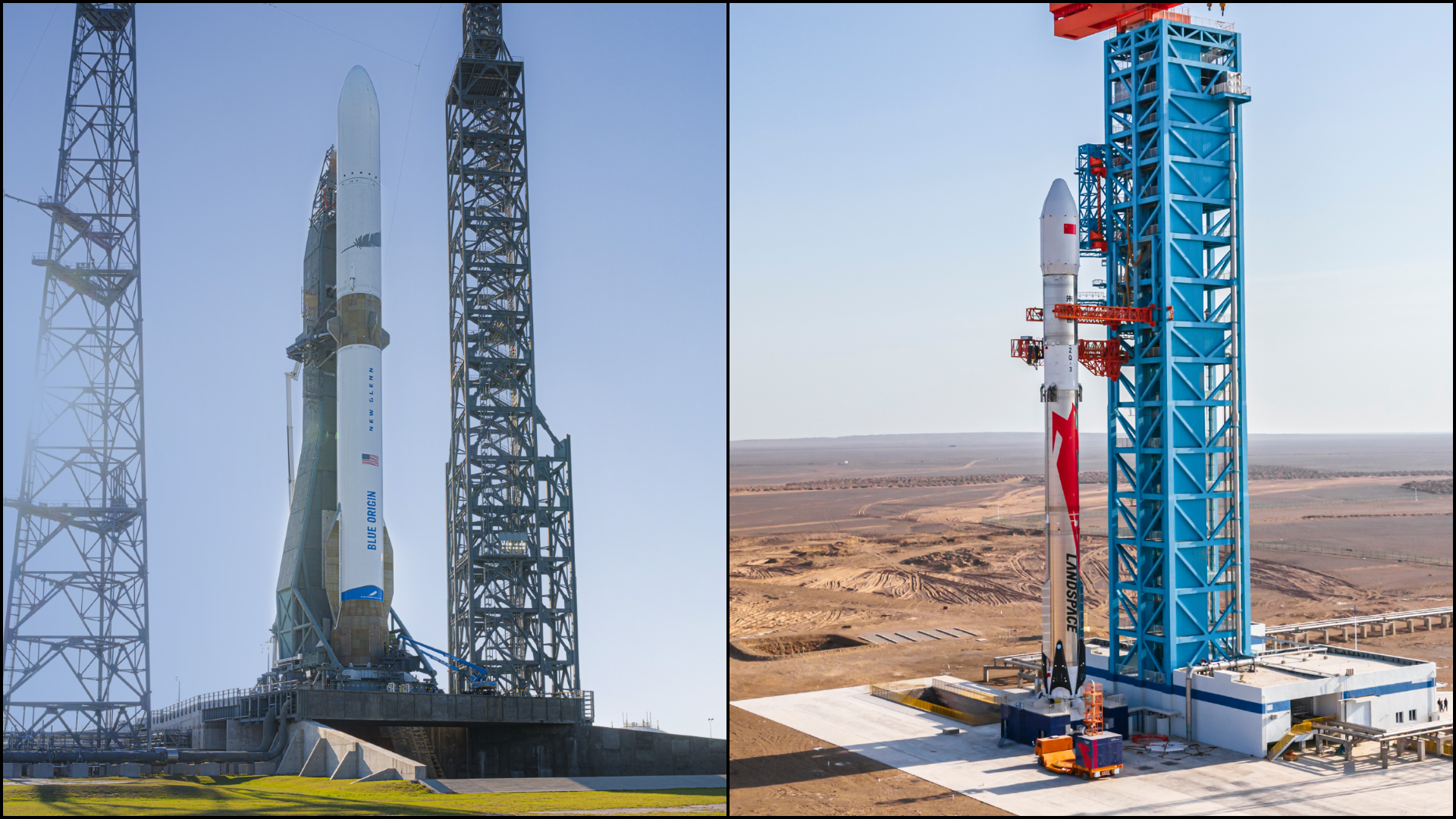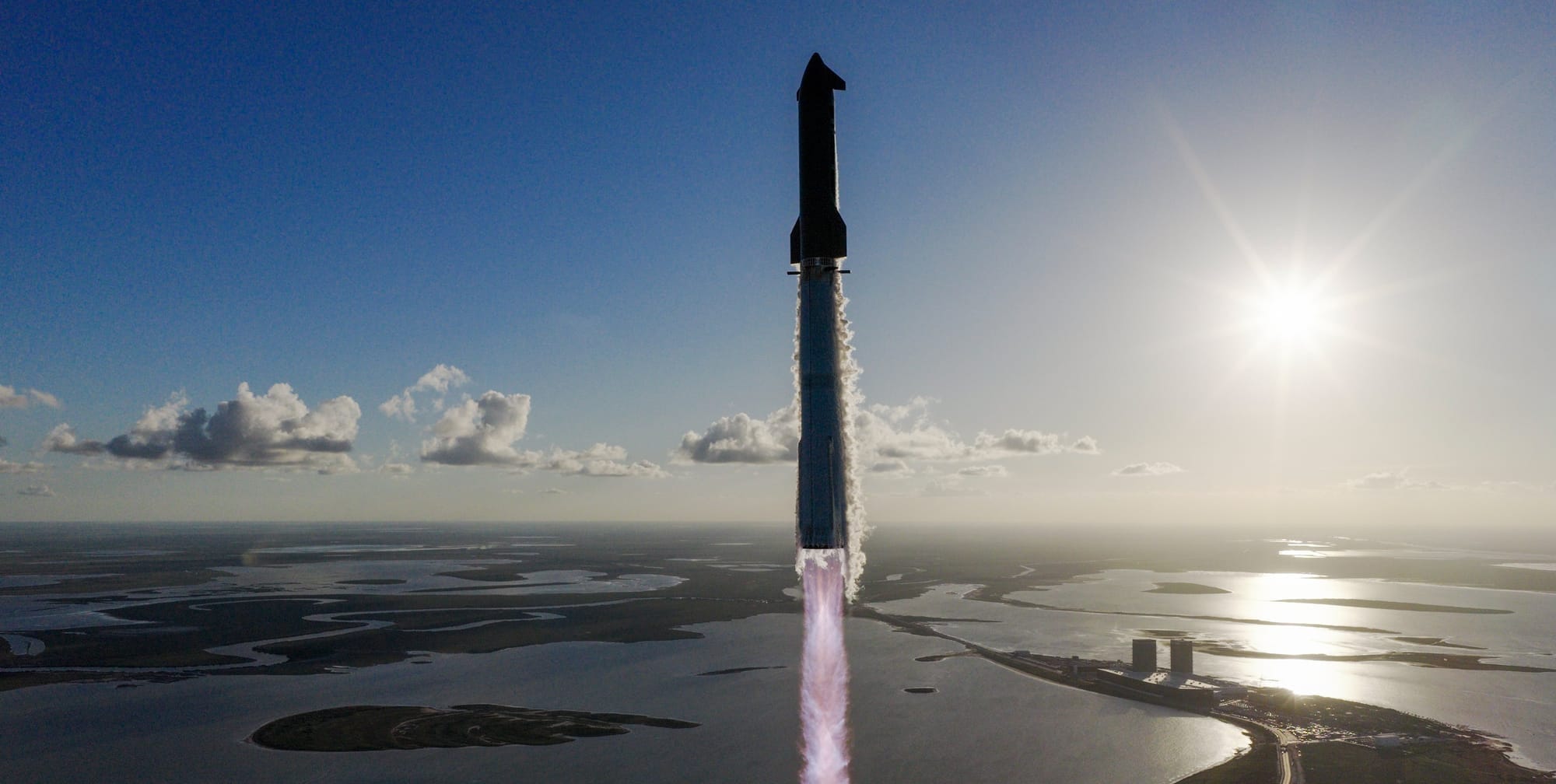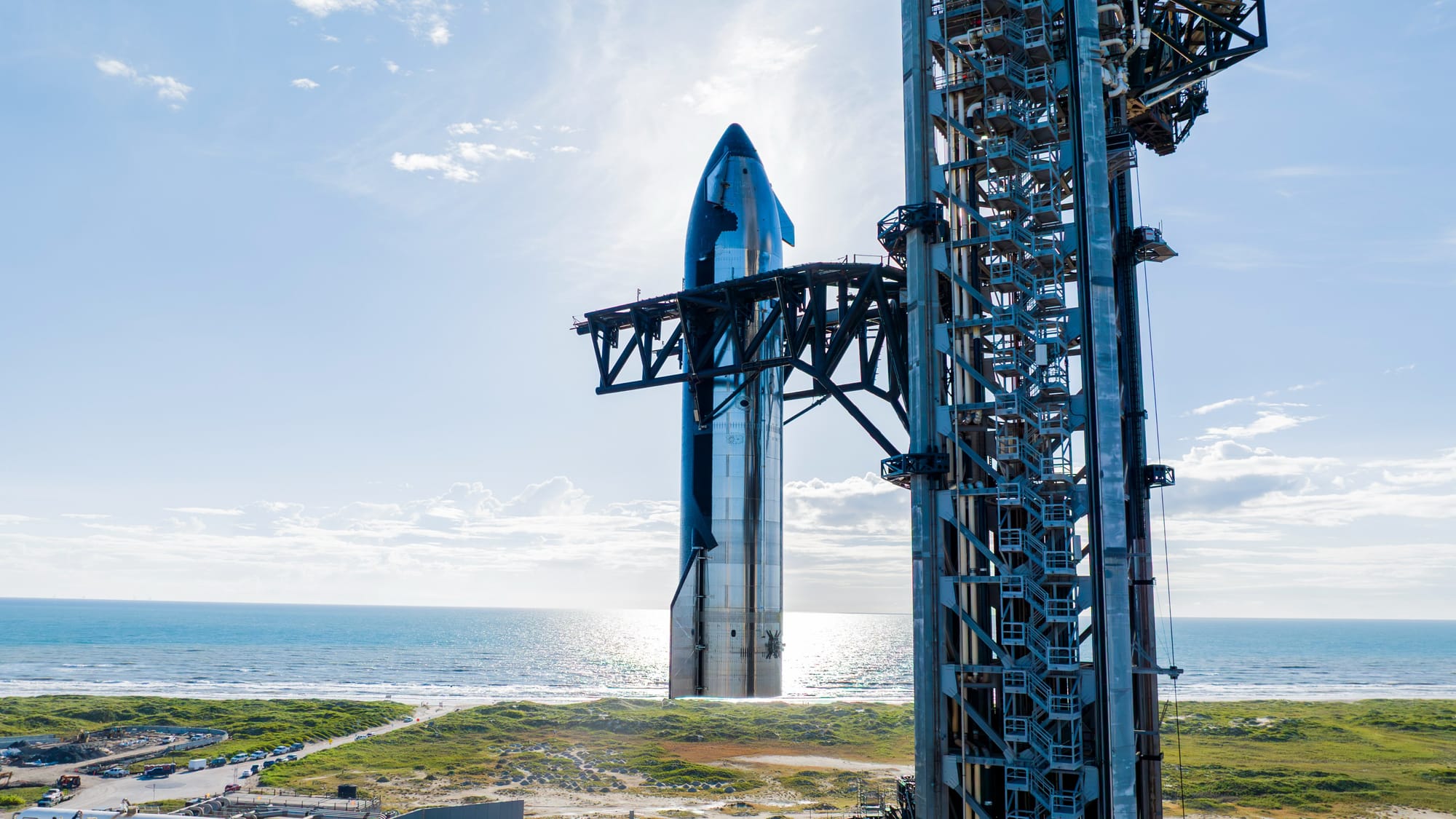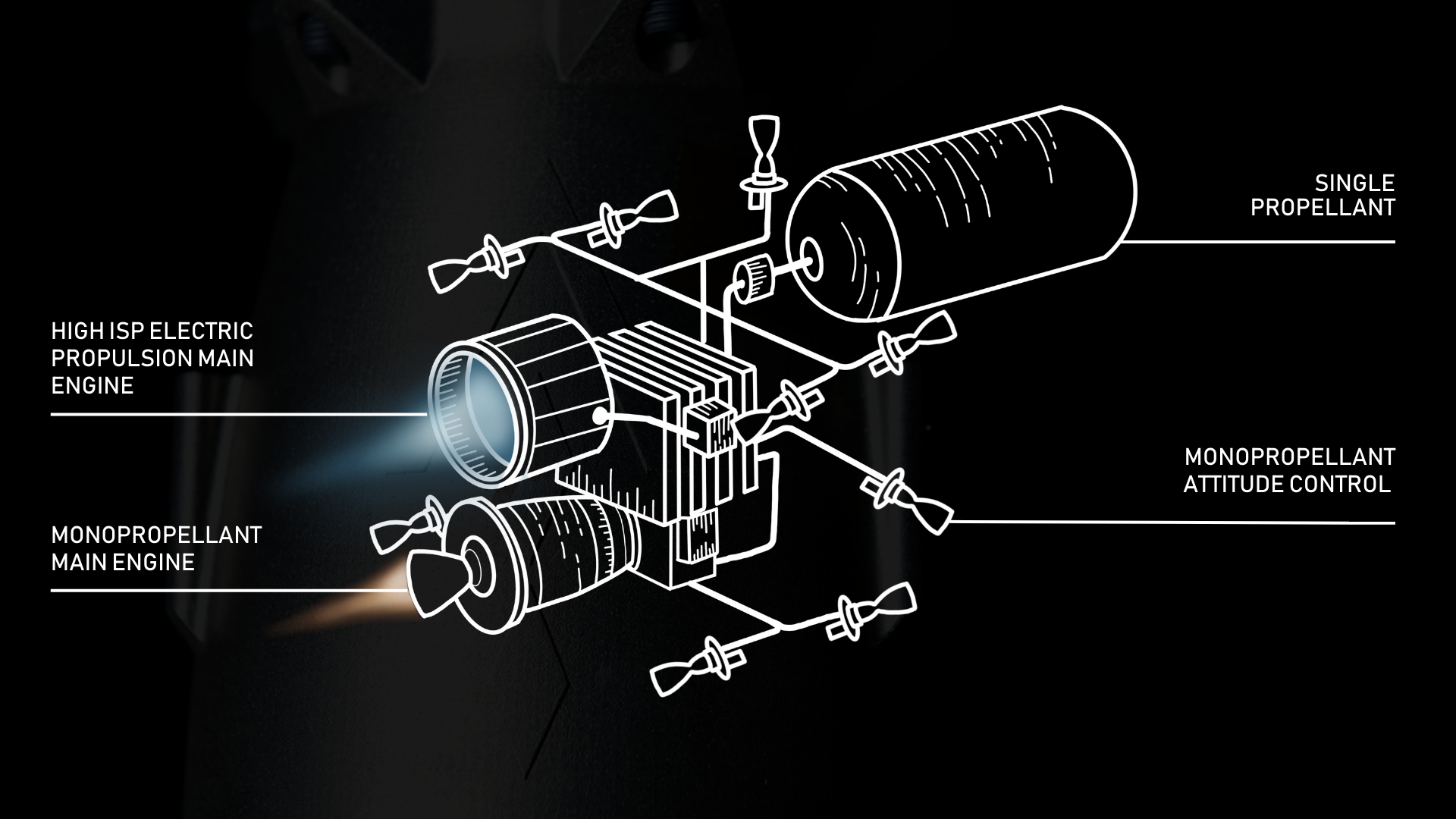Table of Contents
If you know anything about the launch industry, you have likely heard of Astra Space. Whether through memes or their stock market antics, you probably figured out one crucial thing: they cannot catch a break.
However, despite being on the brink of bankruptcy for years now, the company just won't die, and a part of that is due to Astra's Spacecraft Engine, or ASE for short.
Humble Beginnings of ASE
In 2021, Astra made what could be its most significant financial and business move yet—a move so crucial that it may just be keeping the launch provider afloat. For $50 million, the company acquired Apollo Fusion, a startup specializing in advanced electric propulsion systems. This move according to Chris Kemp, Astra’s CEO and Founder, would add a,
Really core piece of technology to Astra’s platform. It’ll unlock a whole new set of customer opportunities for us.”
Thus begins the journey of ASE.
What is Astra Spacecraft Engine?
So, what exactly is ASE? Astra's Spacecraft Engine is a Hall-effect electric propulsion (EP) system for orbital maneuvers. Unlike chemical engines, electric propulsion engines use electricity to ionize gases, shooting them off at high velocities. This gives the engines extreme efficiency but low thrust, which makes them perfect for long burns that orbiting satellites may need to conduct.
To better meet customer needs, Astra offers two propellant options for ASE: one that utilizes Krypton and the other, Xenon. The Xenon configuration allows for higher thrust and specific impulse (ISP). Think of this as the "fuel efficiency," so to speak, of a propulsion system. At 400W of input, ASE's Xenon-powered version has an ISP of 1,400 seconds and a thrust of ~25mN. The Krypton version is slightly less capable, with the same 400W input; it achieves an ISP of 1,300 and a thrust of ~18mN. To put how little thrust these engines make into perspective, the force ASE produces is about the same as a bug landing on your skin.
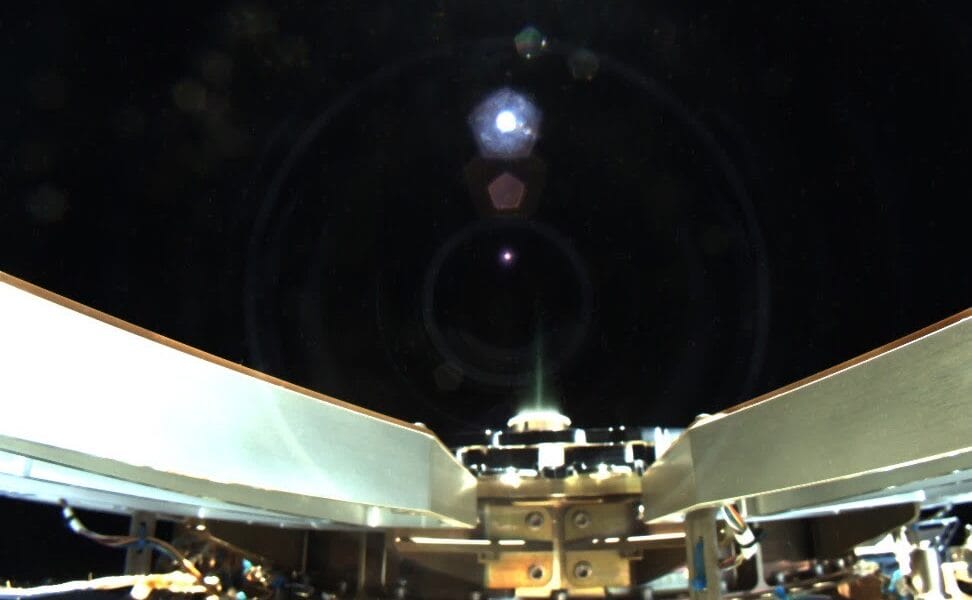
Xenon vs Krypton: The Tradeoffs
For the longest time, most electric propulsion systems were powered by Xenon. However, with the rise of private space flight and costs being a concern, the more capable, but vastly more expensive, Xenon fuel was ditched in favor of Krypton and Argon. During Starlink’s infancy, the constellation used Krypton ion engines. Despite being less dense than Xenon, which required larger fuel tanks, Krypton was far more abundant and thus, cheaper. Pair this with a lower atomic mass, and you have a propellant that, on paper, appears more efficient. So while Krypton may not produce as much thrust as Xenon, it has a higher theoretical ISP. It is worth noting that SpaceX ultimately switched from Krypton to Argon, a first for in-space propulsion. According to SpaceX, the switch to Argon allowed for 2.4 times more thrust and 1.5 times more ISP, all while being even cheaper than Krypton.
So, why did Astra Space choose Krypton and Xenon over the growing industry standard Argon? Well, the decision wasn’t up to them. Apollo Fusion had already been working on the ion engine long before Astra bought them out. While Argon has some strengths, at the time of ASEs inception, Argon wasn't even a proven propellant for satellite propulsion.
Add to that the sheer number of Starlink satellites (>8k) currently in orbit, with tens of thousands more planned, this may lead to a rise in Argon prices. Argon can also erode materials within the engine at a faster rate than alternatives, which, for SpaceX and other Mega-constellations with shorter satellite lives, is fine. However, other satellites with longer lives and more burns may favor an engine that can last.
ASE vs Its Competitors: ExoTerra and Phase Four

As the small satellite industry is growing year in and year out, many companies across the globe are working on manufacturing in-space propulsion systems to cater to the sector. Astra may be in a good position with ASE, but they know more than most that things can go sideways quickly. Some of Astra's main competitors, such as Phase Four and ExoTerra, are hot on Astra's tail.
With its scalable and manufacturable microwave electrothermal thrusters, Phase Four adopts a different strategy. Microwave electrothermal thrusters essentially work by superheating a neutral gas into plasma with microwaves. The superheated gas is then expelled through a nozzle creating thrust through thermal expansion.
In contrast, ExoTerra specializes in extremely modular Hall-effect devices, such as the Halo and Halo12, to meet the needs of missions requiring variable power ranges. Collectively, these businesses pose a significant threat to Astra in the expanding market for small-satellite propulsion.
Phase Four's Valkyrie and ExoTerra's Halo systems, like Astra's ASE, are powered by both Xenon and Krypton. ASE's 300–400 W, ~18–25mN, and ~1,400 seconds of ISP are closely matched by Phase Four's Valkyrie, which runs at around 400–600W and produces 20–34mN of thrust with an ISP of about 1,200–1,300 seconds. In contrast, ExoTerra's Halo has a far greater operating range (85–1,500 W), which helps smaller satellites with more constrained power budgets while still allowing it to scale up for bigger missions. ExoTerra is a more comprehensive rival because it also offers integrated propulsion buses and complete system solutions in addition to engines.
Astra ASE
Xenon
- Power: ~300–400 W
- Thrust: ~18–25 mN
- Isp: ~1300–1400 s
Phase Four Valkyrie
Xenon
- Power: 400–600 W
- Thrust: 20–34 mN
- Isp: ~1200–1300 s
ExoTerra Halo
Xenon
- Power: 85–450 W
- Thrust: 4–33 mN
- Isp: ~700–1500 s
ExoTerra Halo12
Krypton
- Power: 200–1500 W
- Thrust: 10–50 mN
- Isp: ~1000–1600 s
Making good hardware and shipping it is what separates those who live, to those who flounder in the space industry. Currently, Astra has supplied more than 60 ASE units, many of which have completed burns in orbit. ExoTerra has already completed dozens of flights, and Phase Four is gradually increasing deliveries, demonstrating that all three have actual hardware experience in space. While it is far too early to call anything, and the space industry is only growing in demand, it will be interesting to see how all three companies and others not mentioned, continue to push the envelope. While exact costs for ExoTerra and Phase Four engines aren’t public, Astra’s standard ASE comes in at roughly $275,000 per unit.
Astra Systems
To allow for higher capabilities, Astra also offers multi-engine configurations to allow for higher thrust and more performance overall. These systems are comprised of two, three, or four strings, enabling up to 100mNs of thrust at 1.6kW. While these systems may be overkill for LEO constellations, they have massive implications for cis-lunar missions and interplanetary ones.
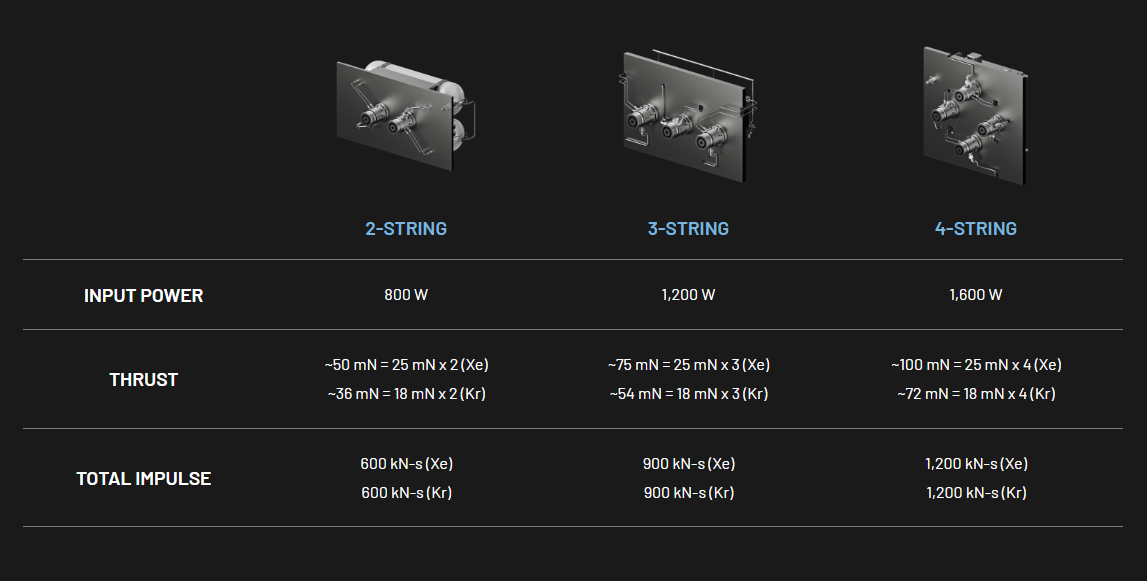
Of course, consumers are what sustain a business, not specs alone. ASE's ability to garner adoption throughout the satellite industry has always been its true test. So, who is utilizing ASE, and what purpose does electric propulsion hold?
The Market for Electric Propulsion
From Earth orbit and beyond, Electric propulsion has revolutionized the space industry and it isn't going anywhere anytime soon. Astra has deployed more than a dozen ASE units in orbit, achieving hundreds of successful burns in just the past few years. These burns have supported missions across commercial, government, and defense sectors, solidifying ASE's track record that cannot be overlooked.
Constellation/Private Sector
The lifeblood of the modern space industry, constellations, will be the biggest customer of ion engines. Electric propulsion is perfectly suited for both low-orbit satellites that need near-constant burns to stay in a stable orbit.
While giants like SpaceX make their engines in-house, companies across the globe that are working on much smaller scales don't need to make their own propulsion; rather, they can buy it from companies like Astra. According to Astra themselves in a technical document going over ASE MAX specs, the company claims ASE MAX has already been chosen for use on a constellation with hundreds of satellites.
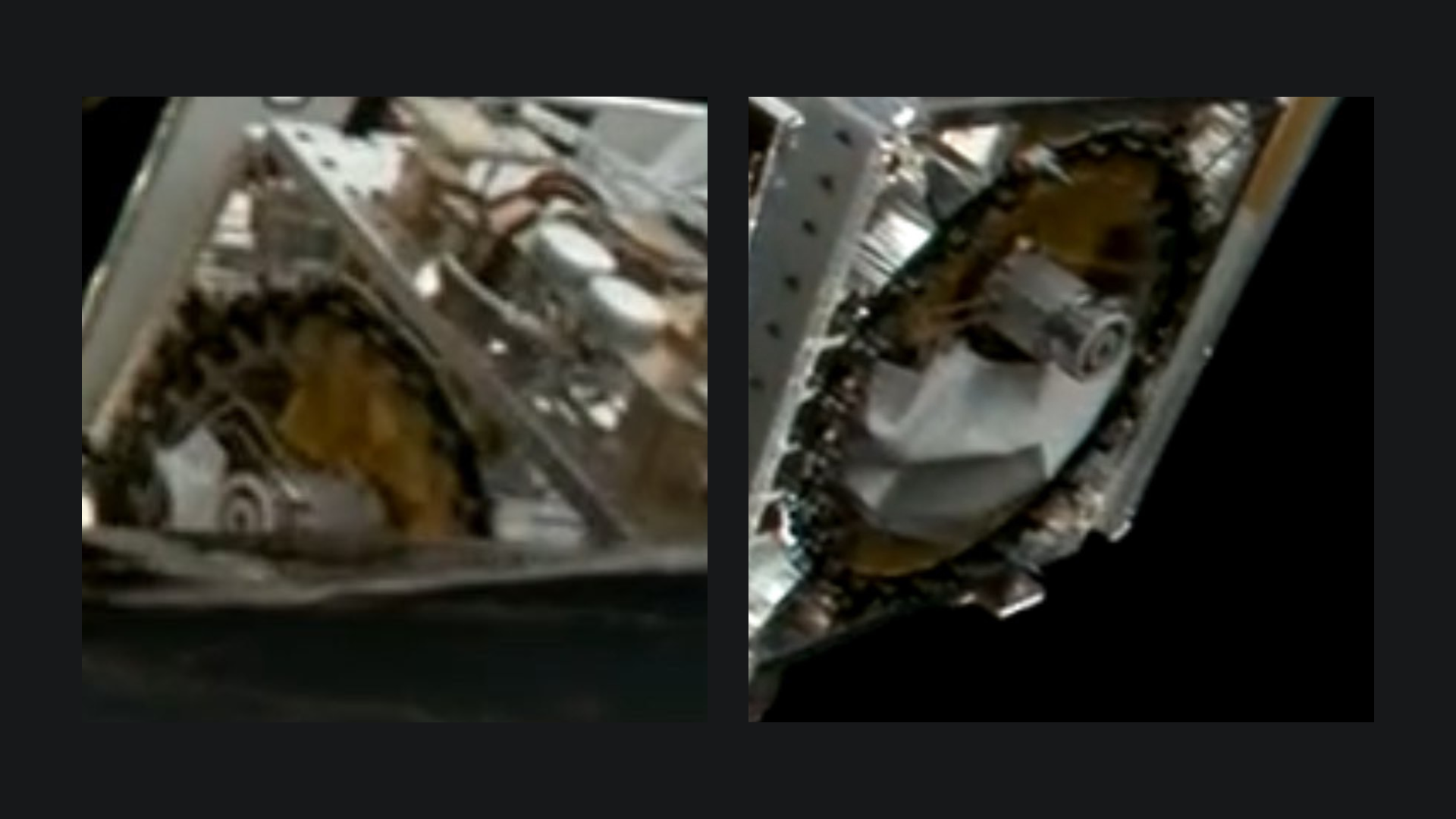
During the Transporter-12 and 13 launch, a handful of ASEs were launched into orbit according to Astra. While more recently, two Planet Lab Pelican satellites were seen sporting these ASE engines on SpaceX's NAOS launch.
Government/DoD
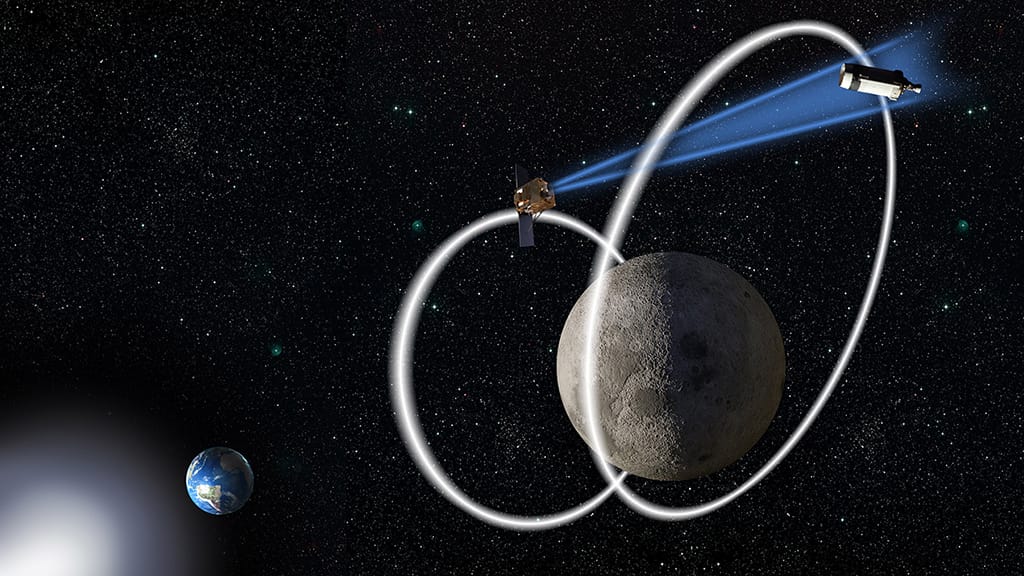
Beyond the private sector, ASE is also reportedly being used on the Oracle M Lunar Satellite, currently being developed by the United States Air Force Research Laboratory for in-space situational awareness around both the Earth and the Moon. This isn't the only time the US government has invested in Astra. At the tail end of 2024, Astra was awarded a $44 million contract from the Defense Innovation Unit.
Astra has also been selected, in collaboration with companies such as York Space and Maxar, to help the SDA develop a 1,000 strong satellite constellation for the US government. This mega-constellation will field disruptive technology to better protect the US and her allies, such as space-based missile tracking.
Deep Space
While nothing has been said about ASE being used for interplanetary or deep space missions, ion engines are becoming increasingly popular for such missions. NASA's DART spacecraft demonstrated NEXT-C, which is poised to enable a wide variety of missions beyond Earth's sphere of influence at a low cost. The Psyche spacecraft is using four SPT-140 electric propulsion for its mission to 16 Psyche. As the industry grows, it is not crazy to assume companies will look to Astra when planning long-term missions that perfectly suit ion engines.
Astra is positioning itself solidly for dominance in the electric propulsion sector for Earth SOI applications and beyond.
Challenges Ahead for Astra and ASE
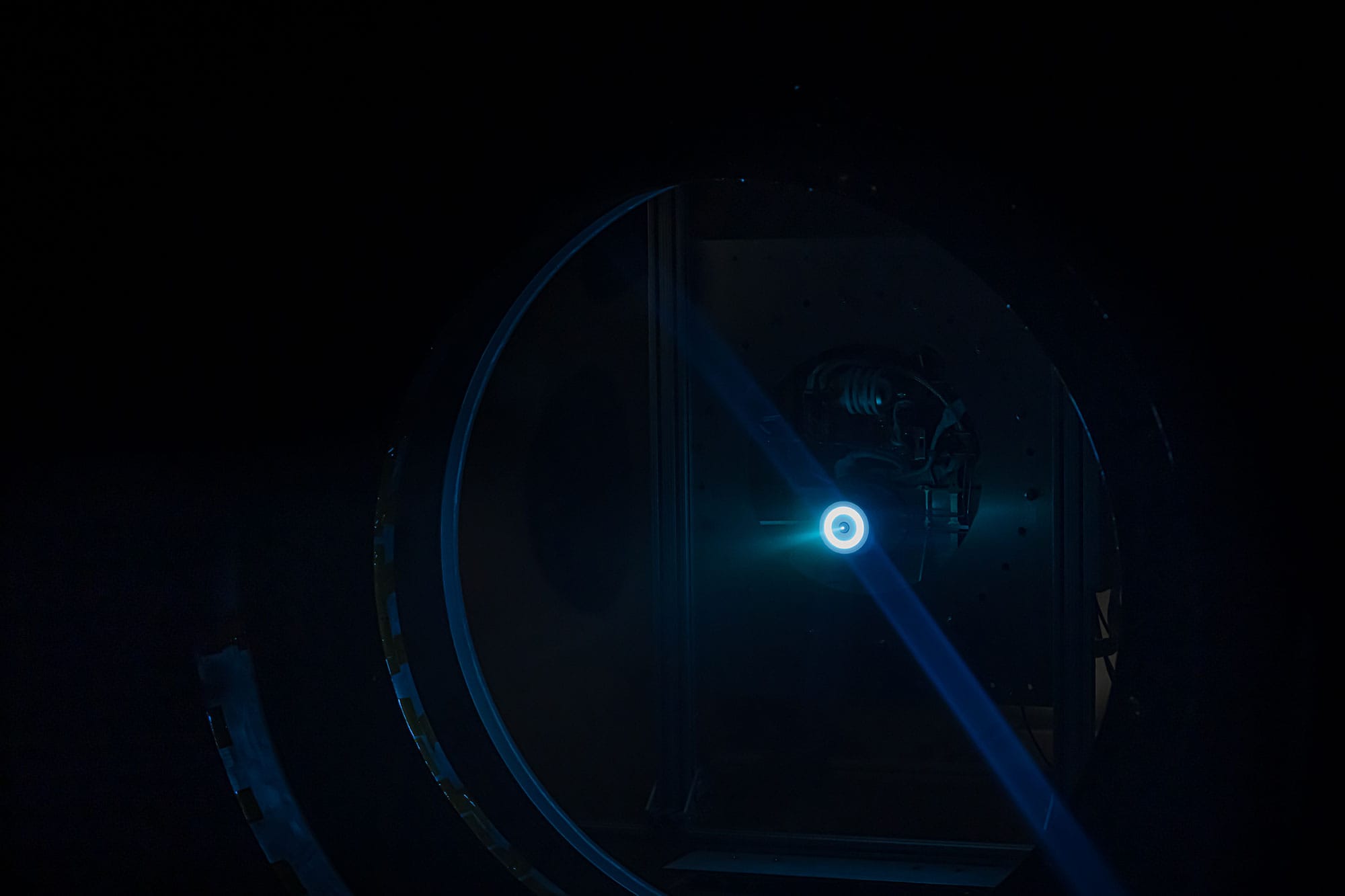
Astra’s Spacecraft Engine may be buying the company time, but the road ahead is still uncertain.
One basket, too many eggs
Astra remains, first and foremost, a launch company, pouring millions into Rocket 4. Diversification helps, but survival still depends on more than a single product line. The saying "don't put all your eggs in one basket" pertains here. While things are starting to look up for the company--they aren't out of the weeds yet.
Ion engines have plenty of benefits beyond the realm of Earth, but planet-side, it is a different story. Xenon, Krypton, and even Argon are all rare, tightly controlled, and subject to volatile pricing. Demand spikes or geopolitical strains could ripple through Astra’s supply chain and the already lengthy and expensive process of sourcing these rare gases certainly doesn't help. For a company still recovering, even a few bad years in the noble gas market could sting.
Rocket Four development presses forward
Luckily, in the past year and a half, Astra has raised nearly 80 million, with the bulk of it coming from the aforementioned DIU contract. This has enabled the company to restructure its finances, pay legal fees, and repurchase shares.
Those funds are stabilizing operations and giving engineers room to push Rocket Four forward. A little over a month ago, its first-stage engine “Chiron” cleared a static fire in Atwater. Moving Astra closer to a 2026–27 launch window, with full-stage testing likely to pick up in mid-2026.
Hotfire at our test facility in preparation for testing the new combustion chamber for the next-generation Astra first stage engine that will power Rocket 4. pic.twitter.com/ECGiyiwHIq
— Astra (@Astra) July 22, 2025
Final notes
Astra has become this sort of embodiment of the "indomitable human spirit" and while I am sure ASE has played a part in keeping the company alive, I want to take a second and give a huge congratulations to all the engineers, technicians and managers who are pushing to get the company back on its feet. Space is hard, but Astra is proving that even when things are bleak, the peak is never out of reach.

